Chapter 1: Major Themes of Anatomy and Physiology
1/93
Earn XP
Description and Tags
Merged flashcards from Chapter 1, McGraw Hill Anatomy and Physiology Ninth Edition, by Kenneth S. Saladin.
Name | Mastery | Learn | Test | Matching | Spaced |
|---|
No study sessions yet.
94 Terms
Form and function
Anatomy and physiology complement and cannot be separated from each other
Cell theory
All structure and function result from cells
Evolution
The human body is a product of evolution
Hierarchy of complexity
Human structure can be viewed as a series of levels of complexity
Homeostasis
Most physiology is to maintain stable internal conditions
Gradients and flow
Matter and energy tend to flow down gradients
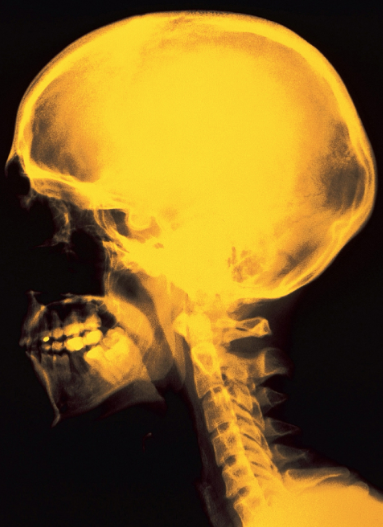
Radiography (X-rays)
Discovered by William Roentgen in 1885 and makes up over half of all imaging; dense tissue appears white and substances can be swallowed to show tissues
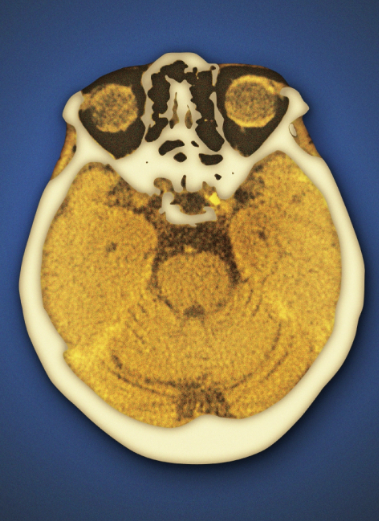
Computed tomography (CT scan)
Formerly called a CAT scan; these are low-intensity X-rays and show slice-type images from computers
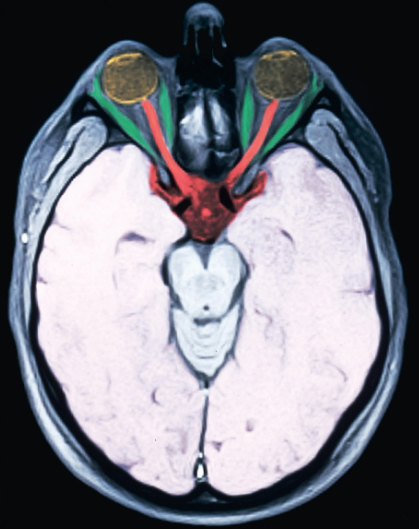
Magnetic resource imaging (MRI)
Superior quality to CT scan and no X-ray exposure that is best for soft-tissue, but more expensive and not suitable for those with magnets
Functional MRI (fMRI)
Shows real time changes in the brain
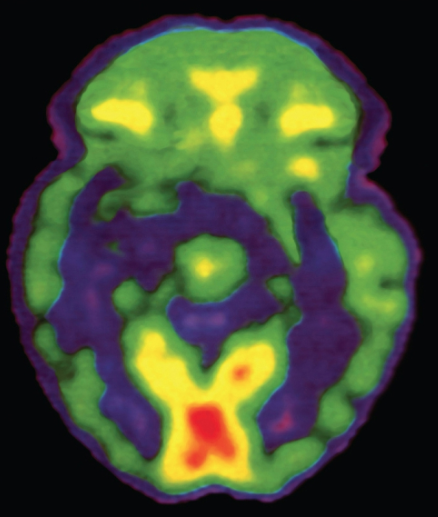
Positron emission tomography (PET) scan
Assesses metabolic state of tissues by injecting radioactive glucose; tissues using glucose will glow while damaged tissues will appear dark
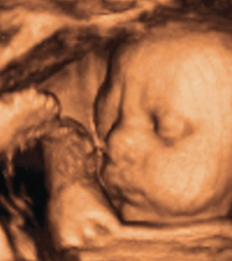
Sonography
Second-oldest and second most widely used; uses high-frequency sound waves to echo back from internal organs and has no X-ray exposure but isn’t very sharp
Renaissance naming conventions
Structures were named after people or varied across countries
Worldwide naming conventions
Established in 1895, unique Latin names were used
Modern naming conventions
Established in 1998 in the Terminologia Anatomica, providing Latin and English equivalents
Scientific terms
Root (stem) with a core meaning, with vowels to join roots and prefixes to modify the root meaning
Acronyms
Pronounceable words formed from the first letter or first few letters of a series of words (e.g. PET scan)
Plural forms
Many forms; cortex - cortices, corpus - corpora
Adjectives
Follow the noun it modifies; biceps brachii
Adjectival forms
Different than the noun form, e.g. brachium (n., arm) vs brachii (adj., of the arm)
Spelling
Very important - some are spelled similarly with very different meanings
Organization
Living things exhibit a higher level of organization than nonliving things (a human vs a rock)
Cellular composition
Living matter is always compartmentalized into one or more cells
Metabolism
Internal chemical reactions
Responsiveness
Ability to sense and react to stimuli
Movement
Movement of the organism or substances within the organism
Homeostasis
Maintaining relatively stable internal conditions by countering mechanisms that oppose it
Development
Differentiation and growth
Reproduction
Producing copies and genes to offspring
Evolution
Changes in genes
Physiological variation
Sex, age, weight, diet, physical activity, genetics, and environment; failure to consider may lead to overmedication of elderly or women on the basis of men
Claude Bernard
Scientist who found consistent internal conditions despite changing external conditions (like temperature)
Walter Cannon
Coined the term homeostasis
Negative feedback loop
A dynamic equilibrium within a limited range around a set point, reversing a change that goes too far away the point
Receptors
Structures that sense change in the body
Integrating control center
Control center that processes the sensory information and directs the response
Effector
Cell or organ that carries the final corrective action to restore homeostasis
Positive feedback loops
Self-amplifying cycles in the same direction; change makes more change (can sometimes be dangerous like runaway fevers, but also helpful in childbirth)
Gradient
A difference in chemical concentration, charge, temperature, or pressure between two points; matter and energy tends to flow down gradients and movement in the opposite direction requires metabolic energy
Organisms
Made of organ systems
Organ systems
Made of organs
Organs
Made of tissues
Tissues
Made of cells
Cells
Made of organelles
Organelles
Made of molecules
Molecules
Made of atoms
Reductionism
Large, complex systems can be understood by studying simpler components
Holism
“Emergent properties” of the whole organism cannot be predicted from the properties of the separate parts
Anatomical Variation
No two humans are exactly alike; anatomy based on most common organization (people may lack muscles, vertebrae, kidneys, etc.)
Cadaver dissection
Cutting and separating body tissues to reveal relationships
Comparative anatomy
Studying multiple species to learn about form, function, and evolution
Exploratory surgery
Doing surgery to view inside the body
Medical imaging
Viewing inside the body without surgery
Gross anatomy
Study of structures that can be seen with the naked eye
Histology
Examination of tissues with microscope
Histopathology
Microscopic examination of tissues for signs of disease
Cytology
Study of structure and function of cells
Ultrastructure
Viewing detail under an electron microscope
Neurophysiology
The physiology of the nervous system
Endocrinology
The physiology of hormones
Pathophysiology
Mechanisms of disease
Comparative physiology
Study of different species to learn about body functions, helps develop new drugs and medical processes
Hippocrates
Greek physician known for the Hippocratic Oath and termed the “Father of Medicine,” looked for natural instead of godly causes of disease
Aristotle
Believed diseases had had supernatural or physical causes, and that complex structures were built from simpler parts
Claudius Galen
Physician to Roman gladiators who did animal dissections because cadaver usage was banned; influential even in the Middle Ages
Maimonides
Jewish physician who wrote 10 influential medical texts; was physician to an Egyptian Sultan
Avicenna ibn Sina
Termed the “Galen of Islam,” he combined Galen and Aristotle’s findings and wrote the Canon of Medicine
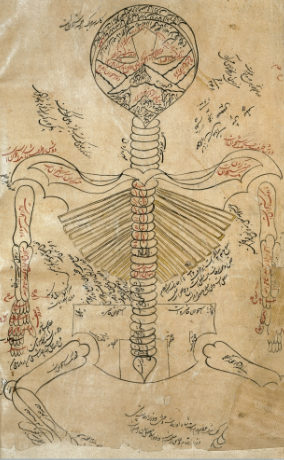
Andreas Vesalius
Physician who wrote On the Structure of the Human Body in 1543, the first atlas of anatomy, after getting Church approval to dissect cadavers instead of just barber-surgeons
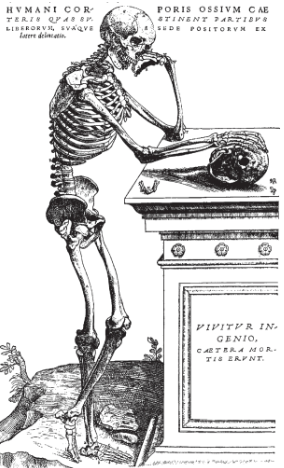
William Harvey
Father of physiology who wrote On the Motion of the Heart in 1628, realized blood circulated in and out of heart
Robert Hooke
Made improvements to the microscope with two lenses and observed what we call cells; published Micrographia in 1665
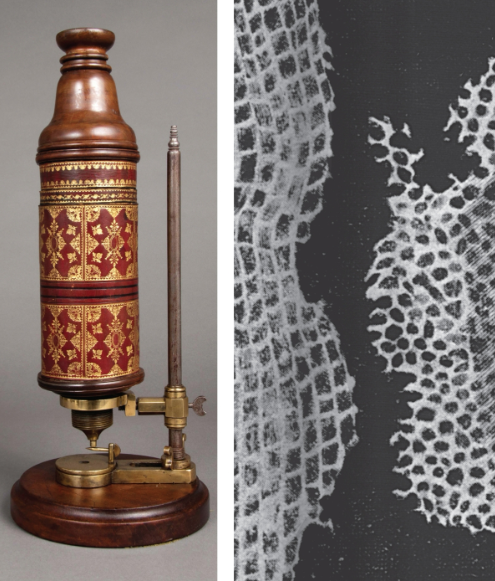
Antony van Leeuwenhoek
Invented a single-lens microscope with high magnification; observed microscopic objects like cells and lake water
Matthias Schleiden and Theodor Schwann
Examined wide variety of specimens and concluded that all organisms were made of cells (the first tenet of cell theory), where all functions of the body were effects of cells
Francis Bacon and Rene Descartes
Philosophers who invented a systemic way of measuring trends in nature through generalization
Science and scientific methods
Set standards for truth
The inductive method
Method by Francis Bacon which involves making numerous observations until confident in making generalizations; knowledge of anatomy obtained by this method
Proof in science
Reliable and repeatedly confirmed
The Hypothetico-Deductive Method
Investigator formulates a hypothesis, or an educated speculation or answer to the question; most physiological knowledge gained this way
Falsifiability
If something is scientifically true, evidence must be specified to prove it wrong
Sample size
Number of subjects in a study
Controls
Group that resembles treatment group but does not receive treatement
Psychosomatic effects
Effect of state of mind on physiology; tested through placebo
Experimenter bias
Avoided with double-blind study
Statistical testing
Statement of probability that treatment was effective
Peer review
Evaluation by other experts in the field, prior to funding or publication
Scientific Fact
Information that can be independently verified
Law of Nature
Generalization about the way matter and energy behave as a verbal statement or formula
Theory
An explanation of set of statements from facts, laws, and hypotheses, which summarizes what we know
Charles Darwin
Wrote On the Origin of Species by Means of Natural Selection (1859) and The Descent of Man (1871), books about human evolution and their relationship to other animals
Evolution
Change in genetic composition of population of organisms; like antibiotic resistance by bacteria
Natural selection
How evolution works using selection pressures (forces that promote success of others) and adaptations (features that enable organism to succeed)
Chimpanzee
The closest relative to humans, ~98.4% same DNA
Evolutionary relationships
Helps us choose animals for biomedical research; rats are used more than chimpanzees
Primates
Order of mammals to which humans, monkeys, and apes belong
Bipedalism
Standing and walking on two legs to help spot predators and carry food, tools, and infants